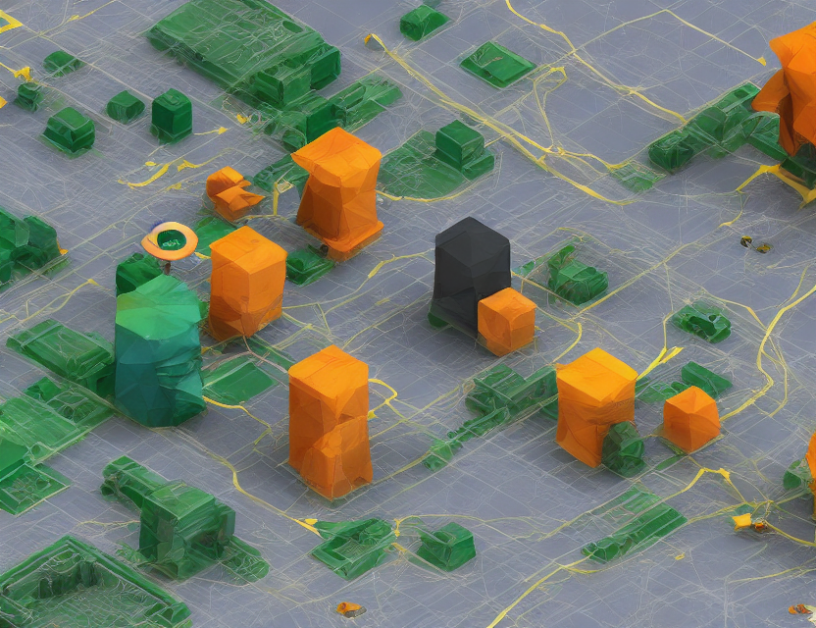Imagine you’re driving on a winding road, trying to navigate through a dense fog. You can’t see what’s ahead, and your car’s sensors can only provide so much information. In this situation, it’s crucial to be cautious and consider multiple possibilities to avoid accidents. Researchers at the University of California, Berkeley, have developed an innovative approach to address this challenge by integrating both aleatory (unpredictable) and epistemic (known unknowns) uncertainties in their driving algorithm. This article will delve into their groundbreaking method, demystifying complex concepts with everyday language and engaging analogies.
Aleatory Uncertainty: The Fog of the Road
Aleatory uncertainty refers to the unpredictable nature of real-world scenarios, like traffic patterns or pedestrian behavior. It’s like trying to navigate through a thick fog without any visibility. In driving, aleatory uncertainty arises from the inherent stochasticity in the environment, making it challenging for agents to predict outcomes accurately.
Epistemic Uncertainty: The Limits of Sensor Data
Epistemic uncertainty, on the other hand, originates from the limitations of sensors and the agent’s ability to gather information. It’s similar to trying to drive with a blindfold, relying solely on your car’s sensors to guide you. While sensors provide valuable data, they can only capture so much information, leaving room for uncertainty in the decision-making process.
Integrating Uncertainties: A New Approach
To address these uncertainties, the researchers developed an innovative approach that combines aleatory and epistemic uncertainties into a single framework. This new method, called SUN-RISE (Sunrise Research for Integrated Safety and Exploration), enables agents to make better decisions by considering multiple possibilities in real-time. Think of it like having multiple mirrors on the road, providing different views of what’s ahead, allowing you to make more informed decisions.
Cumulative Reward: The Key to Success
The researchers evaluated SUN-RISE using three environments: a simple race track, a highway, and a city street. They compared their approach with other state-of-the-art algorithms, measuring the performance in terms of cumulative reward over multiple trials. The results showed that SUN-RISE outperformed all baselines across all environments, demonstrating its effectiveness in integrating both aleatory and epistemic uncertainties. Think of it like winning a race by choosing the best path, considering different possibilities and avoiding potential risks along the way.
Low Variance: Stability Under Uncertainty
Another crucial aspect of SUN-RISE is its low variance, which means that the algorithm is less sensitive to changes in the environment. This stability allows agents to make better decisions under uncertainty, much like a skilled driver adjusting their speed and trajectory to account for varying road conditions.
Conclusion: Safer Driving through Uncertainty
In conclusion, by integrating aleatory and epistemic uncertainties, SUN-RISE offers a revolutionary approach to safer driving. By considering multiple possibilities in real-time, this method enables agents to make more informed decisions, reducing the risk of accidents. As we continue to develop autonomous driving technologies, it’s crucial to address these uncertainties, and SUN-RISE provides a promising solution for a safer tomorrow on our roads.



